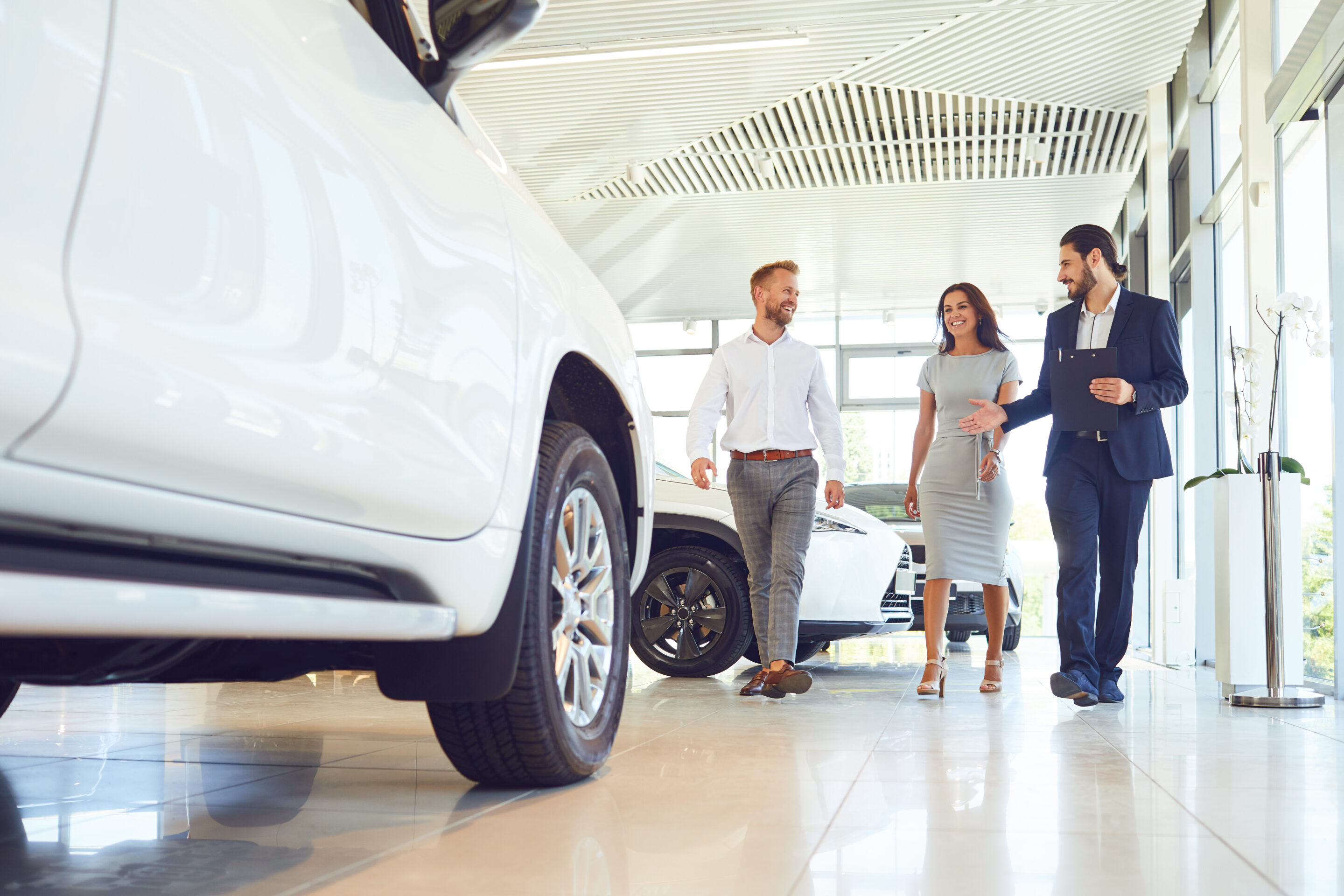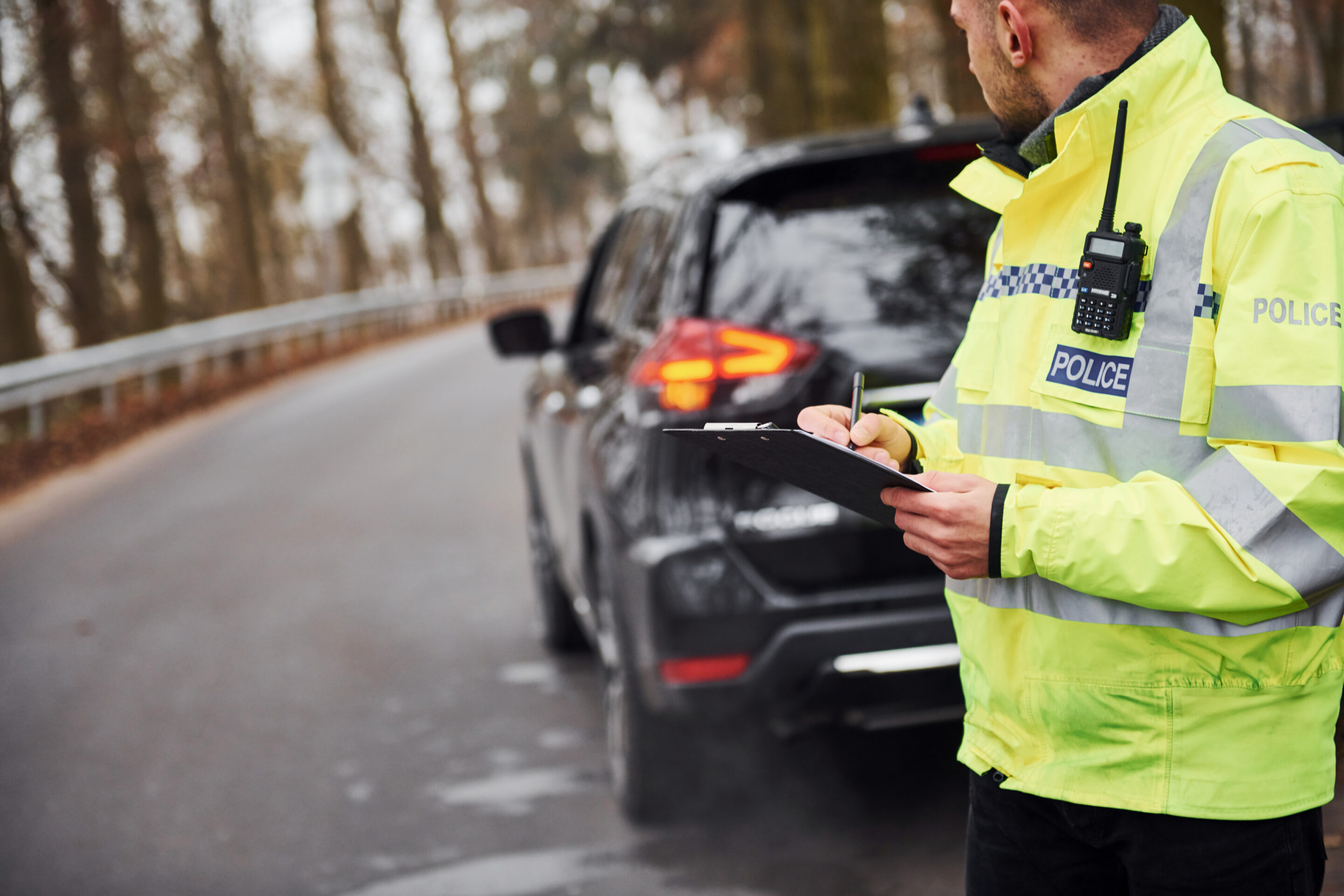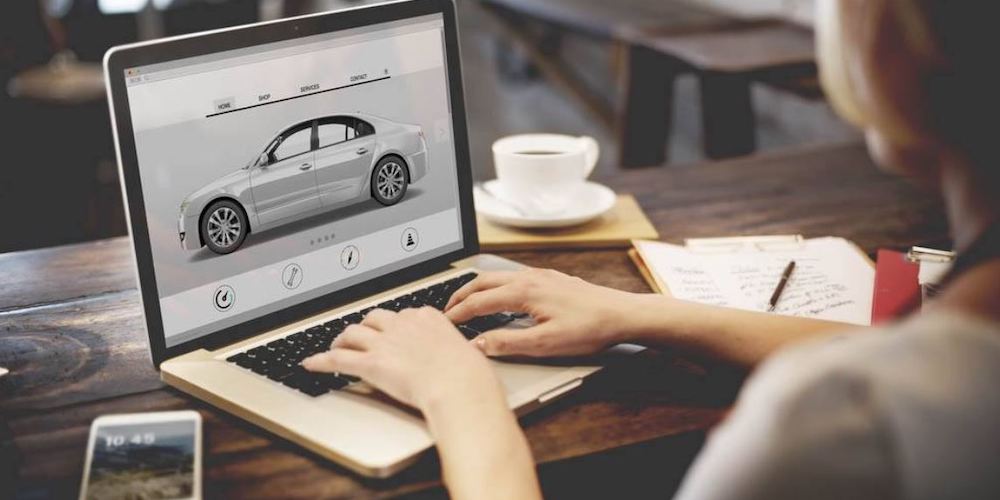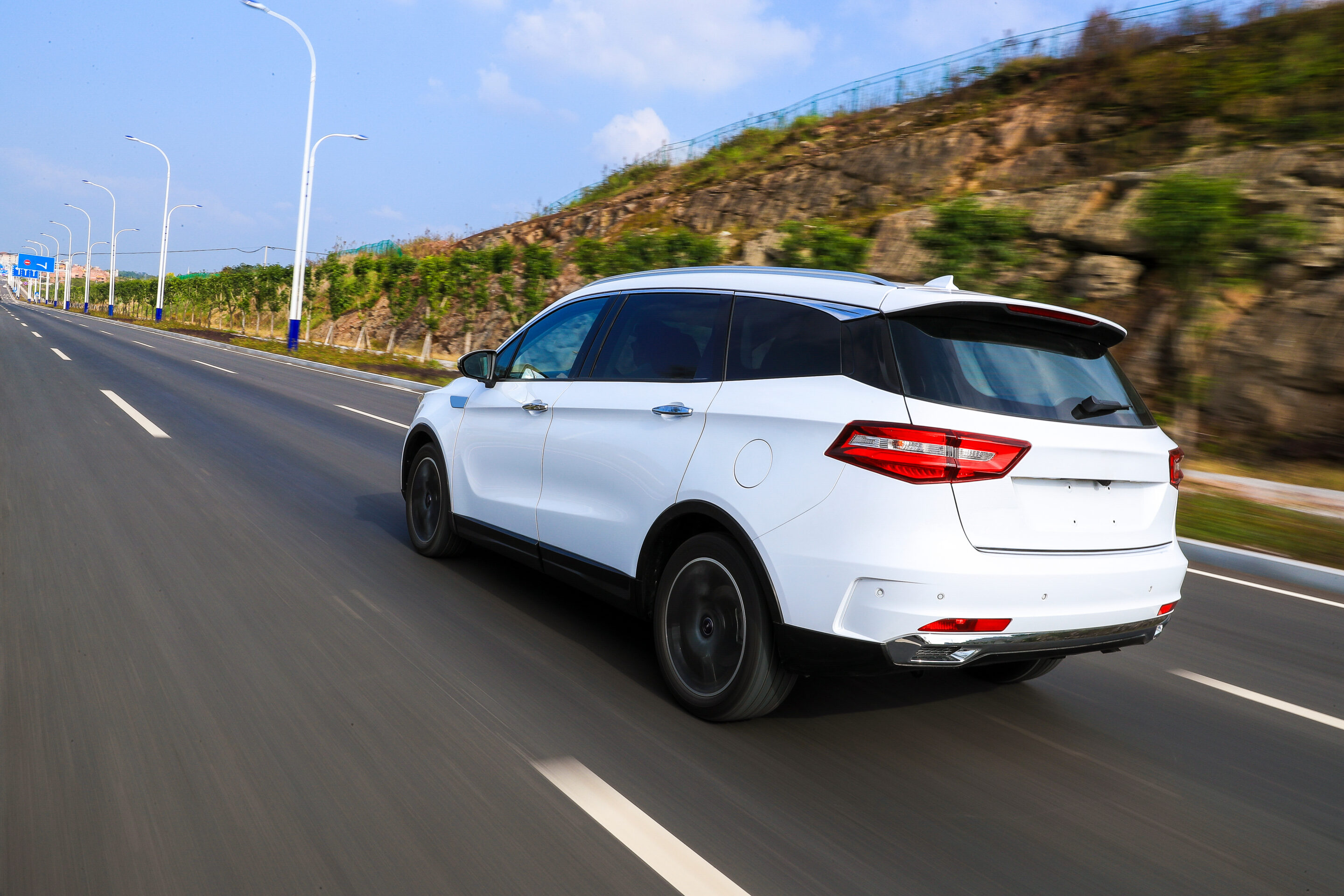It takes time, effort and resources to acquire a new automotive customer. After the initial sale, dealers invest in considerable efforts to build a relationship with the customer to build loyalty. A quick look at different automotive studies shows how important these relationships are for next vehicle purchase decisions.
- Millward Brown and Google’s Vehicle Shopper Path to Purchase Study indicated that for 62% of the shoppers, customer service experience at the dealer was an important factor in their next vehicle purchase.
- The same study notes that for 52% of the shoppers, communication with the dealership throughout ownership was an important factor.
- According to the 2013 Automotive Buyer Influence Study by IHS Automotive, prior relationship and experience with a dealership drives 11% of new car buyers and 7% of used car buyers.
In short, relationships matter.
It’s Not You It’s Me
So what happens when customers move? Is the relationship established for naught?
Recent reports indicate that more people are back on the move. US Census Bureau reported that about 40 Million Americans move each year. As far back as 2012 when moving had started to rebound, 16.9 Million people moved across counties, of which 7 Million moved across state lines.
This directly impacts dealers. Even movement in the same city or county can have an impact depending on distance. Lets see what research shows:
- AutoTrader research showed that 45% of car buyers live within 10 miles of the dealership.
- CNW Marketing Research indicated that customers who research a new-vehicle purchase online travel an average of 32.4 miles to purchase a vehicle which is a big jump from the 21.1 miles in 1997.
- CNW Marketing Research also showed that buyers who don’t research on Internet travel an average of 24.1 miles for their vehicle purchase.
- Google and Millward Brown note that for 51% for the car buyer’s, convenience of location plays a role in where they purchase a vehicle.
We also know that service radius is usually much shorter and clustered around home and work. As people move the relationship with the dealer can fizzle out.
Transferring the Relationship
The customer may be lost to that particular dealership, but it does not have to be a total loss to the group. Handled properly the effort invested can be leveraged and the relationship transferred. Here is an approach that can benefit dealer groups with multiple dealerships and rooftops spread over a city, state, region or even nationally.
- Look at customers as having relationship with the dealer group and not just with the individual dealership. This is important even if people don’t move, because their propensities for vehicle segment, make and model are likely to change.
- Stay connected with customers. This sounds simple but statistics show that dealerships have working email addresses for fewer than five percent of their total sales and service database. Investment to maintain and update customer data is critical.
- Evaluate customers for their next likely vehicle, and send vehicle offers based on that instead of the vehicle they had previously bought. Someone may have been a used import coupe buyer four years ago, but the next likely vehicle could be a domestic SUV. That need may be better fulfilled by a different dealership in the dealer group. Look at their propensities and factor that in ongoing engagements. This should be considered even for customers who have not moved.
- Proactively note in your communications that if customers are moving you can help them get same level of service with a different dealership close to their new address. Movement comes with stress and this just adds another dimension to the customer care efforts.
- After customers have moved, introduce them to the dealerships closest to them, pass the baton with some special service offers, and move the relationship over instead of just losing them.
- Think of household loyalty, there may not be a dealer carrying the same makes in the immediate area, but another household member may have that make already, may be looking at those makes now, or in future. Carrying on goodwill from previous experience can give the dealership in their new area an advantage over other local dealers.
- While this may not work for every customer, or every household, depending on distance moved and proximity to dealerships in the new area, benefits will be seen even if 20-25% of the time the contact is transferred to another dealership in the group. Dealer groups are less likely to lose current customers to competitors, or end up spending more to acquire them as if it was a new customer for the next dealership.








